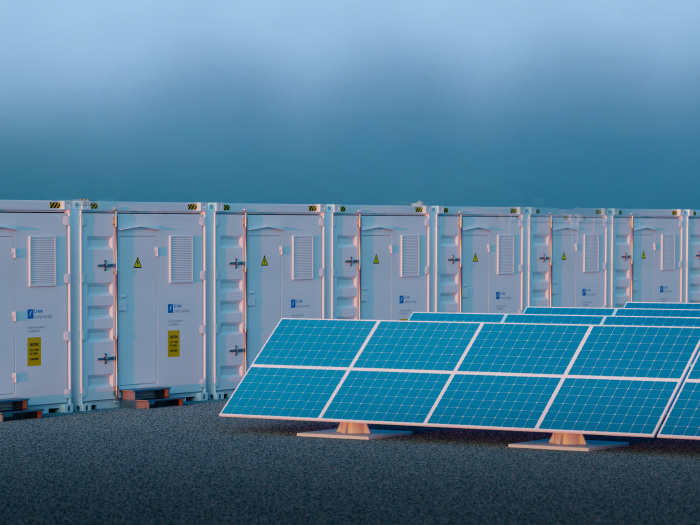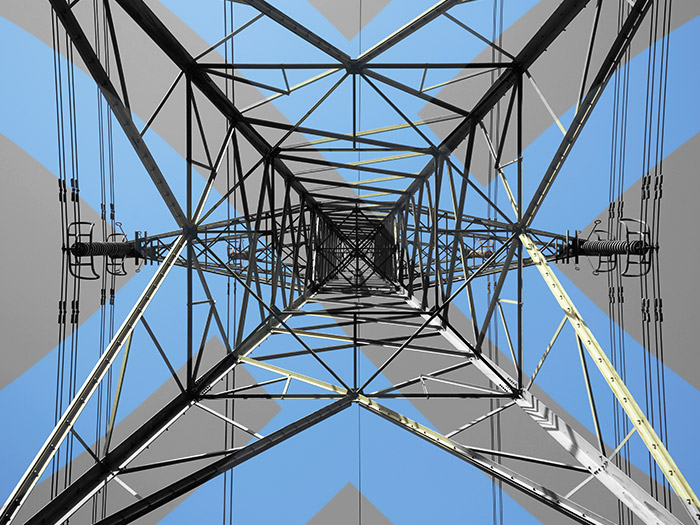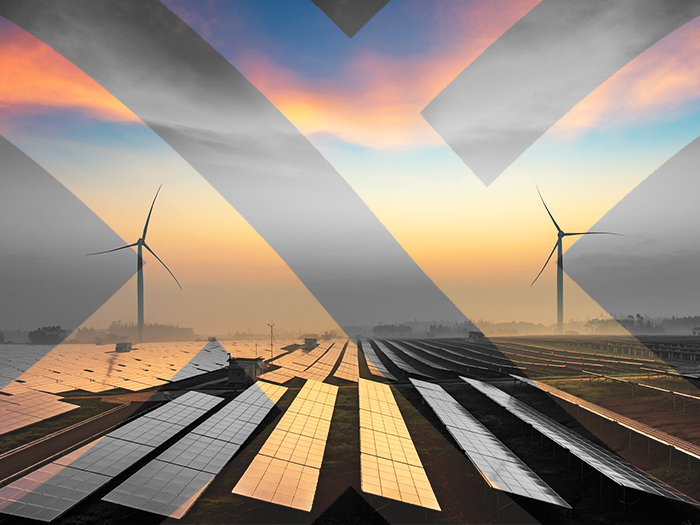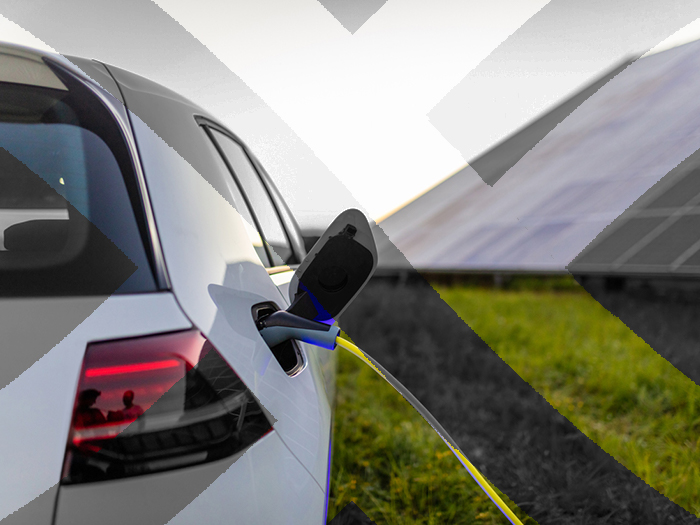News
better business decisions
Posted 5 years ago | 5 minute read
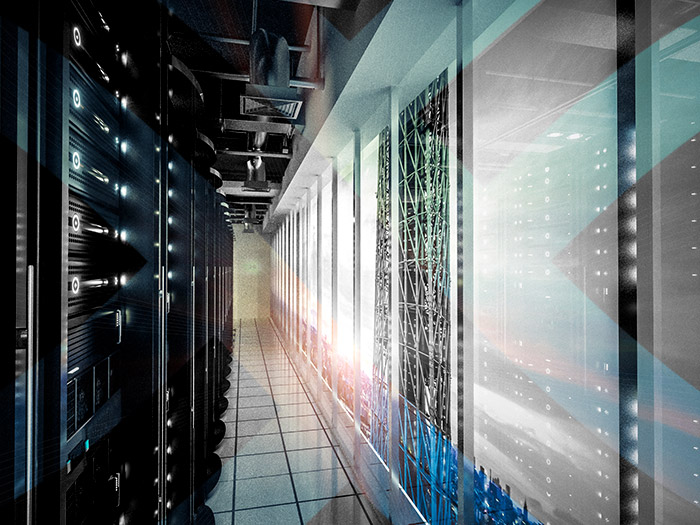
“Don’t get left behind” warns GridBeyond CEO on machine learning in energy, as Industry 4.0 hits full swing
Industry 4.0, commonly referred to as the fourth industrial revolution, is entirely underway.
It’s no longer a choice, but a necessity for industrial and commercial sites to streamline and optimise processes through automation to remain competitive. The interoperability of machines, devices, sensors (and humans for that matter) is unavoidable. From m2m communication, to artificial intelligence, machine learning and big data, the connected organisation is here, and the momentum is only building.
GridBeyond, formerly Endeco Technologies, have taken a “work smarter, not harder” attitude to energy optimisation and demand side response both in Ireland and in the UK. As a result of the growing need to automate energy consumption, GridBeyond are experiencing an influx of interest in their machine-learning energy platform, which delivers significant revenues and savings to over 300 sites.
GridBeyond’s industrial and commercial clients connect their energy intensive assets to the cloud-based platform to enable a number of controls and functions. Automated energy shifting alters the power consumed by a piece of machinery based on the flexibility of consumption.
In energy terms, flexibility is identifying the lowest and highest amounts of energy a piece of equipment can consume whilst maintaining effective and safe operation, and the ability to manage consumption within these parameters.
By finding the flexibility parameters, GridBeyond’s technology platform enables automated participation in the most valuable demand side response programmes, as well as avoid peak electricity charges. Depending on the level of flexibility a site can offer, revenue streams can be in the hundreds of thousands of pounds/euros per megawatt, whilst optimised savings can be over 15% of current cost.
GridBeyond’s experience over the last ten years or so has shown that there is more flexibility in the amount of power a piece of machinery needs in order to operate than most realise.
There is more flexibility in the amount of power a piece of machinery needs in order to operate than most realise…
For those not familiar with the concept of demand side response, this is the blanket term for the management of consumer electricity demand, which typically unlocks financial incentives. For example, at times of peak electricity demand, or reduced levels of production from renewable sources, an energy intensive factory may be incentivised financially by the grid operator to reduce its overall consumption during this peak, thus helping with grid stability.
However, automation of consumption and connection to the high-end technology platform not only aim to improve the stability of the grid. GridBeyond’s technology, based on machine learning, improves business resilience. The patterns emerging from big data are used to improve on-site overall equipment effectiveness (OEE) and predictive maintenance. Predictive maintenance is often overlooked, but is becoming more prevalent from a financial and operational planning perspective, to ensure adequate visibility to take action before a key process fails. The data gathered from an aggregated portfolio of assets means highly accurate automation, as well as insights for benchmarking and analytics.
Smart tariffs and energy trading are other areas of energy underpinned by automated decisions. Day-ahead and intra-day electricity purchasing from the wholesale market are automated to ensure energy is being bought and optimised at the cheapest rate. The decision to purchase at any given point is based on an accumulation of data, including site and grid data, demand and cost data for the same period the previous day, week, month or year and weather conditions.
As far as the bigger picture is concerned, renewable energy is increasingly prevalent, and the closure of fossil fuel based power plants are many. This means that aside from the on-site benefits of automating energy consumption and participating in demand side response programmes, the grid will benefit from industrial sites becoming active participants in the market, opposed to passive bill payers.
The smart-factory of Industry 4.0 is one puzzle piece in the building of smart cities – a vision that fully encompasses a shared energy economy. The intermittent nature of renewable power means that something has to give – it’s the age old story of supply and demand. If supply fluctuates, then demand will have to follow, and that’s where automated flexibility and consumption variation come to the forefront.
The smart-factory of Industry 4.0 is one puzzle piece in the building of smart cities – a vision that fully encompasses a shared energy economy.
Michael Phelan, CEO and co-founder of GridBeyond commented “It is imperative that industry remains profitable and competitive for our economy. The machine-learning technology required on site to ensure profitability through energy, combined with the greater need for harnessing renewable energy and therefore grid balancing, means businesses ought not to be left behind, or suffer the same consequences as others who failed to move with the times.”
Warnings come to those unwilling to change in the form of closures and liquidation of businesses that refused to budge from their traditional model. Whilst the most well-known have been in the retail space, they are a reflection of the speed at which our attitudes are changing towards technology, and how the inability to effectively transition can result in catastrophe.
“If an opportunity, in energy, tech or otherwise, lands on your lap that enables your business to streamline resource, increase profitability and automate processes, why wouldn’t you grab it with both hands?”
He continued, “Modernisation and digitalisation is less about overhauling, but about finding and embracing exciting opportunities. If an opportunity, in energy, tech or otherwise, lands on your lap that enables your business to streamline resource, increase profitability and automate processes, why wouldn’t you grab it with both hands?”

